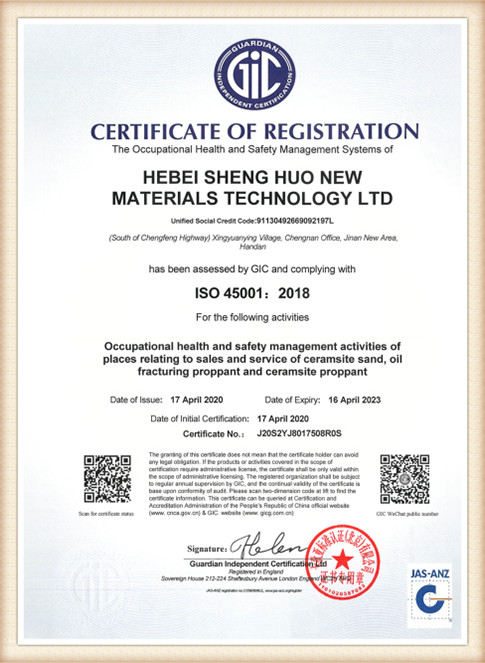Exploring the Fascinating World of Sand 3D Technology
In the ever-evolving landscape of technology, one innovation that has gained significant attention is Sand 3D printing. This remarkable technique harnesses the unique properties of sand, enabling the creation of intricate structures that push the boundaries of traditional manufacturing. As we delve into the world of Sand 3D technology, we uncover its potential, applications, and the implications it holds for various industries.
Sand 3D printing, also known as sand casting or sand-based additive manufacturing, utilizes sand as a primary material to create molds and core components. The process typically involves a layer-by-layer approach where a binder is used to adhere the sand particles together, forming a solid structure. This method stands in contrast to conventional 3D printing materials such as plastics or metals, offering unique benefits and challenges.
Exploring the Fascinating World of Sand 3D Technology
In terms of applications, Sand 3D printing has found its niche primarily in the manufacturing and foundry sectors. It allows for the production of complex geometries that would be difficult or impossible to achieve through traditional casting methods. This capability opens doors for industries such as aerospace, automotive, and art, where precision and complexity are paramount. For example, prototype components can be quickly generated using Sand 3D printing, significantly reducing the time to market and allowing for rapid iterations in design.
sand 3d

Furthermore, Sand 3D technology is transforming how artists create sculptures and intricate designs. Traditional sculpting methods often involve substantial labor and time investment, whereas Sand 3D printing can produce detailed replicas or original works in a fraction of the time. This democratization of art creation enables artists to explore new forms and techniques, pushing creative boundaries.
Another critical aspect to consider is the economic impact. The implementation of Sand 3D printing can streamline manufacturing processes, reducing operational costs and time. By minimizing the need for complex tooling and molds, businesses can invest less in upfront costs while enjoying increased flexibility in production. This efficiency not only benefits large-scale manufacturers but also small businesses and startups looking to innovate without the burden of high initial investments.
However, the technology is not without its challenges. The properties of the sand and the binder used can significantly affect the final product's strength and durability. Moreover, as the technology continues to evolve, there is a need for standardization and regulation to ensure quality control across different applications. Ongoing research and development are essential to address these issues and unlock the full potential of Sand 3D printing.
Looking ahead, the future of Sand 3D technology appears bright. The combination of sustainability, versatility, and economic benefits positions it as a vital player in the quest for more efficient manufacturing practices. As industries increasingly prioritize eco-friendly solutions, Sand 3D printing stands out as an innovative approach that aligns with these goals.
In conclusion, Sand 3D printing is more than just a novel technology; it is a gateway to a new era of manufacturing and art. By embracing the unique properties of sand, we open ourselves to a world of possibilities, where creativity and sustainability can coexist harmoniously. As research continues and the technology matures, we can expect to see Sand 3D printing play a pivotal role in shaping the future of various industries.
Post time:дец . 13, 2024 16:00
Next:Tailored Sand Casting Solutions for Unique Manufacturing Needs and Applications
